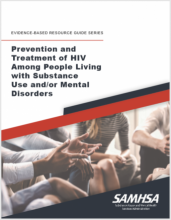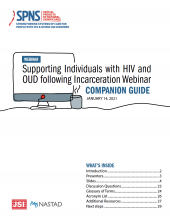
Harm reduction strategies and tools should be accessible to everyone – regardless of location, time, and/or experience.



Harm reduction strategies and tools should be accessible to everyone – regardless of location, time, and/or experience.
Methadone can be a life-changing treatment option for people with opioid use disorder. However, a number of federal and state regulations and logistical requirements can inhibit a person’s ability to start and/or maintain methadone treatment.
Articles in this supplement focus on the global opioid crisis, including coverage of harm reduction approaches, health justice promotion, and lessons learned.
Building on last month’s episode about providing HIV and substance use care for people who are incarcerated, this month the Boston Medical Center Team talks with Dr.
Navigating the HIV and substance use systems of care presents a number of unique challenges, many of which can become more complex depending on a person’s housing, employment, mental health, or economic situation.
This guide offers considerations for how state agency staff can develop and maintain an accessible, HIV and opioid use disorder (OUD) service inventory. This guide can be used by state agency HIV and OUD staff to:
In response to an increased risk of overdose, several communities in the U.S. are considering establishing spaces for people to use substances safely.
The growing opioid crisis across the United States has resulted in an increase in new HIV diagnoses.
This month’s Connecting Care episode is the second in a two-part series about treatment for Hepatitis C Virus (HCV) among people with opioid use disorder.
This package is a learning tool designed for health departments and community-based organizations newly offering syringe services programs (SSPs) with the purpose of indexing the materials needed for safer injection, what to offer at a syringe services program, and how to explain what materials a